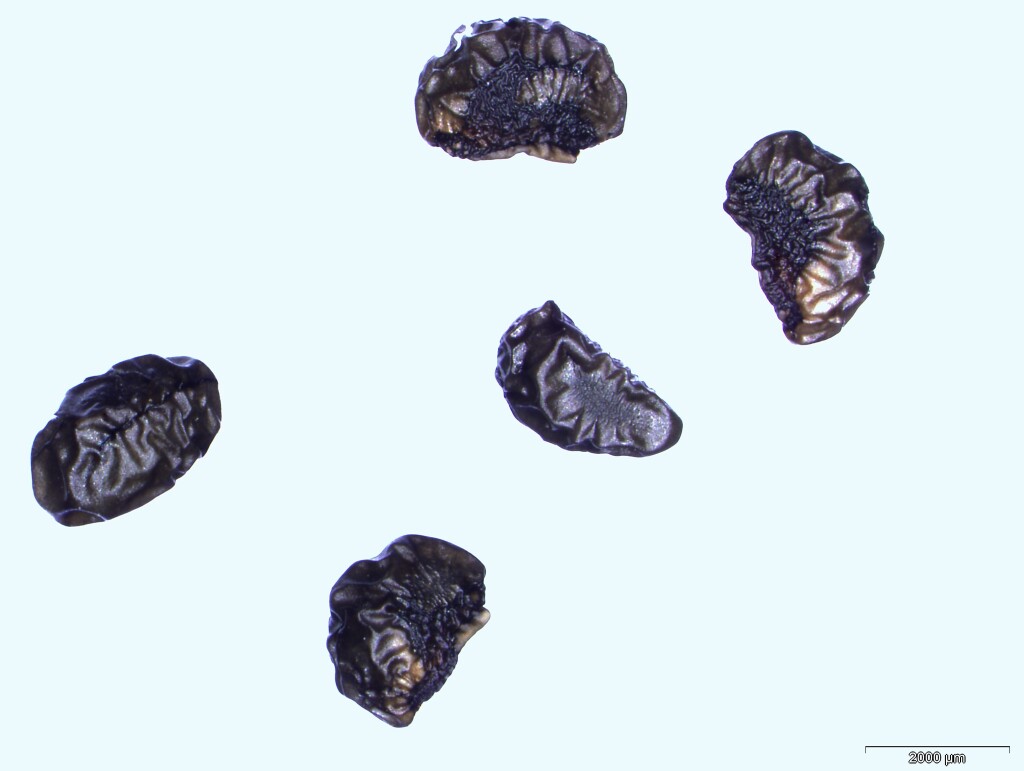Radyera farragei
(F.Muell.) Fryxell & S.H.Hashmi Desert Rose MallowShort-lived perennial to c. 1 m high. Leaves broadly ovate to orbicular, c. 4–15 cm long and wide, often shallowly 3-lobed, cordate at base, margins irregularly dentate, both surfaces densely stellate-pubescent. Flowers subsessile, usually 3–10 together in axillary cymes or racemes, usually only 1 open at a time; epicalyx c. 1 cm, densely stellate-pubescent, the lower half cup-like, the narrow, apically thickened lobes somewhat recurved; calyx shortly exceeding epicalyx and of similar form, both often purplish; petals purplish with a darker basal blotch, 2.5–3.5 cm long, widely spreading. Capsule globular, c. 15 mm diam., exceeding the calyx; seeds c. obovoid, 3–4 mm long. Flowers Nov.–Jan.
MuM. Also WA, NT, SA, NSW. Very rare in Victoria, known from a few records from small populations in the far north-west (Bolton, Annuello, Merbein, Hattah, Millewa, Nowingi areas), some of which have almost certainly been destroyed in clearing for cereal cropping since the first collection in 1922. Plants occur on low-lying, calcareous loams. Establishment from seed appears to require some disturbance (e.g. fire) followed by good rains.
Walsh, N.G. (1996). Radyera. In: Walsh, N.G.; Entwisle, T.J., Flora of Victoria Vol. 3, Dicotyledons Winteraceae to Myrtaceae, pp. 334–334. Inkata Press, Melbourne.
 Spinning
Spinning


